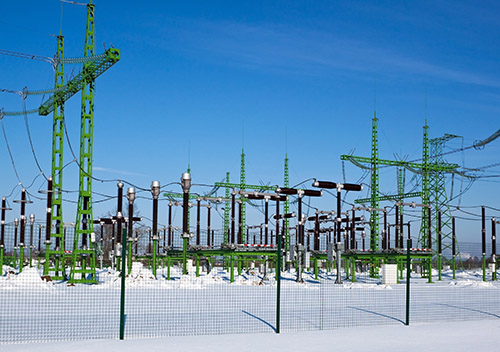To boost operational effectiveness in IIoT applications, devices must securely connect with each other. Thus, the dependability of networks is crucial for IIoT. When networks encounter disruptions, any system malfunction leads to unexpected downtime and subsequent financial setbacks. Industrial applications can only withstand minor interruptions in their networks, referred to as grace time, to prevent downtime. As stated in the IEC 62439 industrial communication network standard, network recovery times should be shorter than the grace time to minimize network downtime. Redundancy technologies can be employed to shield networks against transmission failures and ensure minimal downtime.
The acceptable recovery time varies depending on the application’s purpose. Redundancy technologies supporting zero or swift recovery times can be implemented based on diverse application needs. Moxa offers a variety of cost-effective redundancy technologies to meet different network requirements. Explore more to find the most suitable option for your application.
No Network Downtime
For critical applications like power stations, networks should recover in less than 10 ms. Failure to recover within this timeframe will lead to system shutdown to safeguard operations. Therefore, operators should opt for a technology ensuring zero packet loss for networks to recover within 10 ms. Besides power stations, emerging IIoT applications like smart factories demand seamless data transmission for uninterrupted production line operation. PRP/HSR technologies are widely used for seamless data transmission with zero packet loss.

While asset owners prefer zero downtime redundancy technologies, the high costs may lead them to choose solutions with fast network recovery capabilities. Network scale is essential when designing networks. Traditional redundancy technologies are suitable for preventing network downtime in small networks. Larger applications supporting multiple services may require more complex network solutions, affecting the choice of redundancy technology.
Swift Recovery on Basic Networks (Layer 2 Networks)
Basic networks are used in applications such as smart factory production lines, intersection surveillance systems, or harbor machine operations. These networks cater to industrial-grade applications. Moxa’s redundancy technologies ensure automatic network recovery within milliseconds for small networks.
Moxa’s technologies guarantee uninterrupted operation for industrial-grade applications. Turbo Ring technology offers network recovery within 20 ms* for up to 250 nodes, while Turbo Chain ensures continuous network redundancy as networks expand. AeroLink Protection secures wireless networks, and V-ON provides protection for PLC and surveillance applications using multicast protocols.
*Note: Gigabit Ethernet recovery time < 50 ms

Swift Recovery on Elaborate Networks (Layer 3 Networks)
Elaborate networks consist of interconnected networks designed for various purposes. For instance, in the rail industry, communication between multiple subnetworks and systems like a control center, rail stations, and signaling systems is vital.
Turbo Ring, Turbo Chain, and AeroLink Protection ensure network redundancy in simple networks. For large or complex networks offering multiple services, Moxa’s V-ON technology, tailored for complex networks, guarantees seamless communication between different systems.

Moxa, with 30+ years of experience in various industrial applications, provides solutions to help customers maintain highly available networks. Explore our application notes to learn how Moxa’s redundancy technologies ensure network reliability.
- Not Only for Automobiles: Discovering CANbus Technology in Various Industrial Settings - October 29, 2024
- Boost Your Network Performance: An Exciting Manual to PoE Switches! - September 10, 2024
- Understanding Gigabit Switches: Industrial vs Regular Gigabit - September 4, 2024


